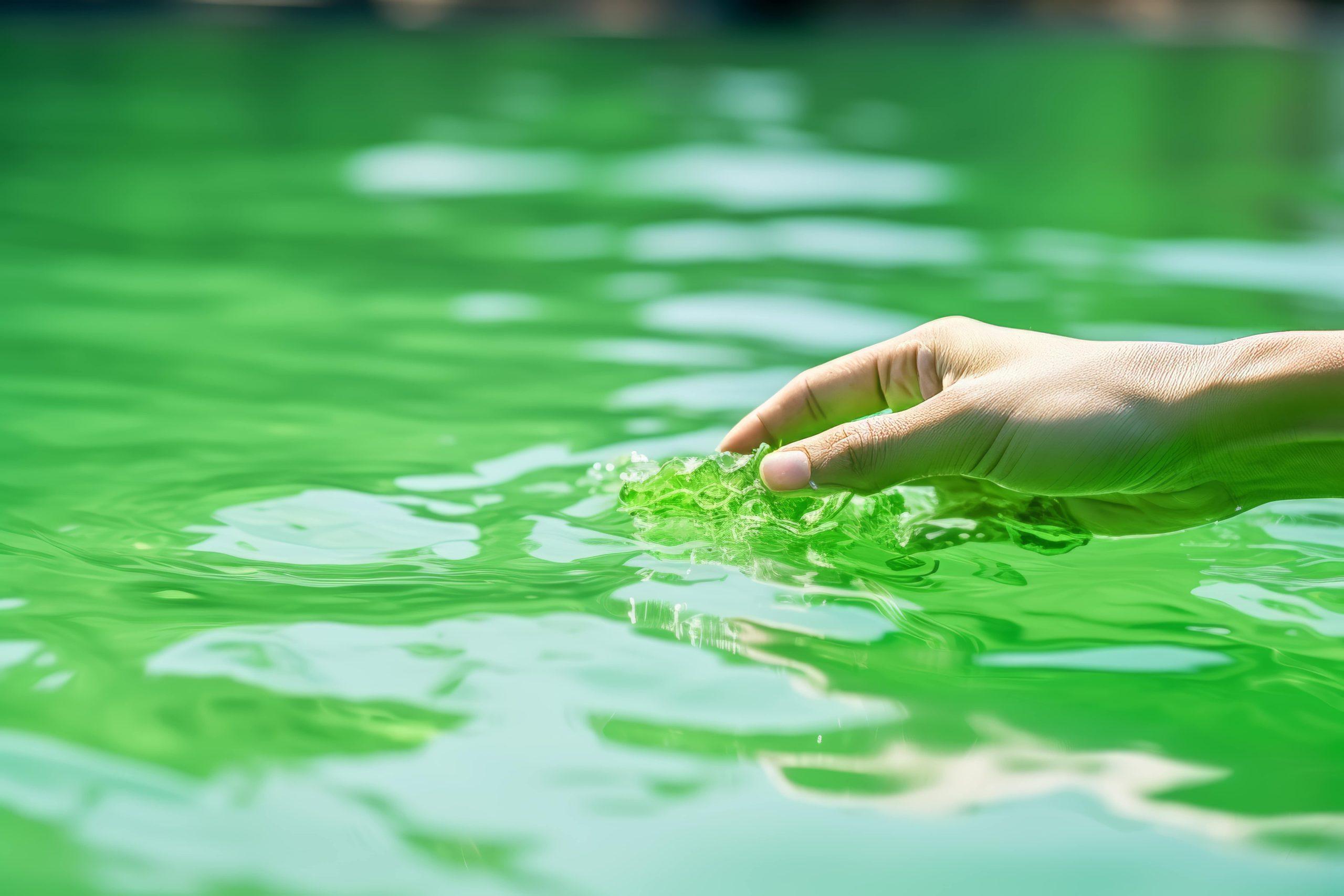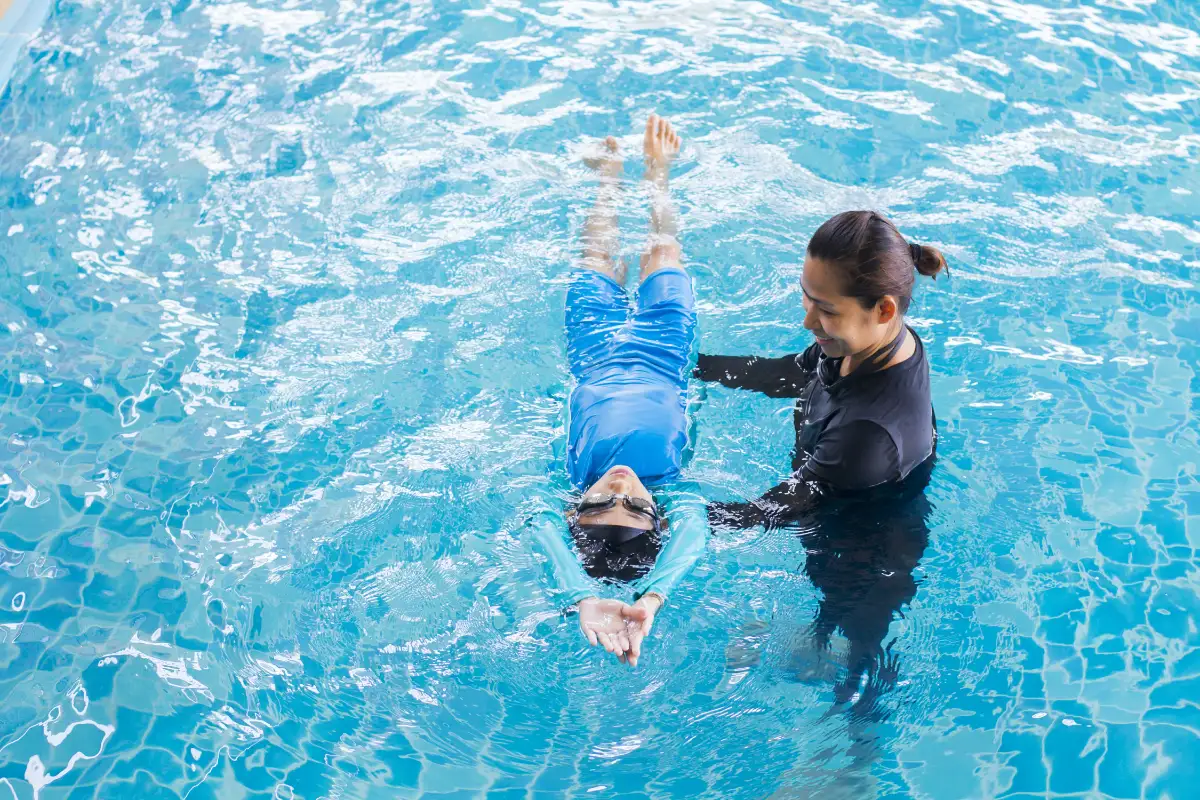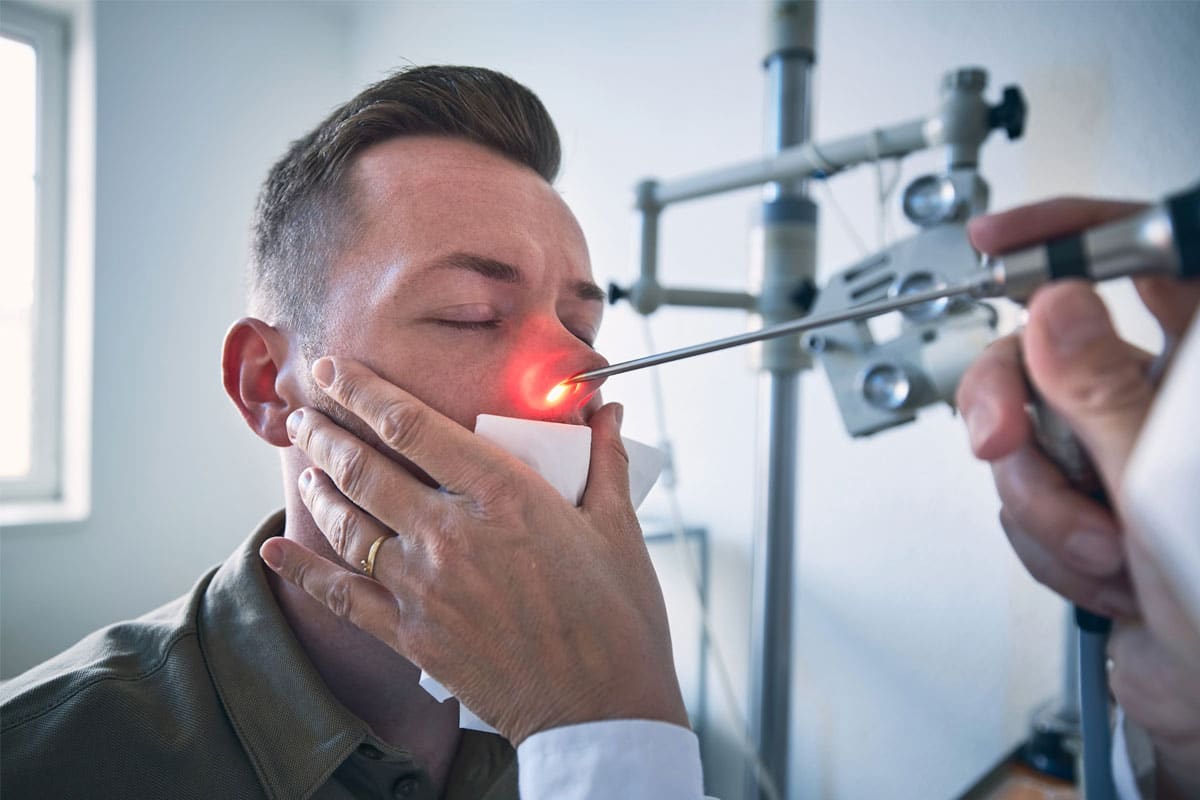Have you noticed how quickly green water appears in your pool? From transparent and crystal clear, it can suddenly turn unsuitable for swimming. This is one of the most common problems faced by owners of artificial open water bodies. In this article, you will learn why water turns green, consider the main reasons for this phenomenon, how to clean it, and what preventive measures will help prevent the problem in the future.
Reasons why pool water turns green
The main reason why the water in the pool starts to turn green is the active reproduction of algae and microorganisms. However, there may be other reasons for the water blooming:
- Lack of chlorine. Chlorine is the main disinfectant in swimming pools. If its level is low, bacteria and algae begin to multiply very actively.
- High pH. An imbalance in pH can reduce the effectiveness of chlorine. If the pH of the water is elevated, it creates ideal conditions for the development of microorganisms.
- Improper filtration: If the filter or other pool cleaning equipment is not working properly, the water will stagnate, which will also contribute to algae bloom.
- Water temperature. Warm water is an ideal environment for algae and bacteria to grow. The higher the temperature, the faster they multiply.
- Presence of metals. If you know the chemical symbol for iron, you should understand how this element can give water a greenish tint. In this case, algaecides and other similar agents are powerless.
How to clean a pool from greenery mechanically
Before resorting to chemicals, you can try mechanical methods of cleaning the water in the tank. The methods below will help get rid of algae and prepare the water for further disinfection.
Draining water and cleaning the bowl
If the pool is completely dirty, you need to completely drain the tank. You can find out how to drain the water in the pool on the Internet or by contacting the store where you made the purchase. After that, you need to thoroughly clean the pool bowl. To do this, use special brushes and cleaning agents that will effectively clean the walls and bottom of the tank from deposits.
Mechanical cleaning of the filter
Pool filters often become clogged with algae and other contaminants. To prevent further algae and scale buildup, filters should be regularly maintained and cleaned. Most filters require backwashing to remove accumulated contaminants and restore their normal operation.
Using a pool vacuum cleaner
Special vacuum cleaners for swimming pools help to effectively remove algae and dirt from the bottom and walls of the bowl. This procedure is especially useful if the dirt has already penetrated hard-to-reach places.
Water circulation
Make sure your pool pump and filtration system are working properly and circulating water evenly. This will prevent stagnant water, which is one of the main causes of algae blooms.
Ways to remove greenery from the pool
If mechanical cleaning does not give the desired result, chemicals come to the rescue. The main methods of chemical water purification are described below.
Shock chlorination
Quite an effective method for quickly cleaning the pool from algae and microorganisms. Unstabilized chlorine for the pool allows you to kill all bacteria and algae in the shortest possible time. After using shock chlorination, it is important not to use the pool for at least 3-4 hours until the chlorine level is returned to normal.
Use of algaecides
Algaecides are chemicals specifically designed to combat algae. They can be used to eliminate existing algae or as a preventative measure. Algaecides quickly and effectively combat green deposits on pool surfaces and prevent their re-growth.
Adjusting pH levels
If the pH level in the pool is too high, chlorine and other products will not work properly. Therefore, it is important to check and adjust this indicator regularly. Hydrochloric acid is most often used to reduce pH, which can be purchased at specialized pool stores.
Metal removers
If there are a large number of metal impurities in the pool water, they can also be the cause of the water color change. In such cases, special preparations are used to bind metals, which prevent their further interaction with other chemical elements in the water. As a result of the work, the metals are removed through the filtration system.
Regular water purification through a filter
Even after using chemicals, it is important to continue filtering the water to remove dead algae and other contaminants. Modern filtration systems can effectively remove even small particles, which helps keep the pool clean.
Prevention of greenery
The best way to combat green water is to prevent it from occurring in the first place. To minimize the risk of bloom, follow these simple pool maintenance rules:
- Regularly check chlorine levels. Check chlorine levels at least twice a week, especially in warm weather. If chlorine levels drop below normal, increase the dosage or apply a shock treatment.
- Constantly monitoring the pH level. Regularly checking the pH level (every few days) will help to keep it in the optimal range. Remember to maintain the correct pH balance level of 6.7-7.4.
- Use Algaecides Preventively: Even if the water appears clear, periodic use of algaecides will help prevent algae growth, especially during the hot months.
- Regular cleaning and maintenance of the filter. Clean the filter at least once a week to avoid clogging. Also, monitor the performance of pumps and other equipment that ensures water circulation.
- Covering the pool when not in use. If the pool is not in use for a long period, cover it with a protective cover. This will help prevent debris, dust, and leaves from getting into the tank, which can become a source of contamination and algae growth.
Summary
Green water in the pool is a problem that can be effectively dealt with if you know its causes and methods of elimination. The main culprits of water bloom are algae, insufficient chlorine levels, improper pH balance, and poor filtration. To eliminate green water, you can use both mechanical methods (draining water, cleaning filters) and chemical ones (chlorination, algaecides, pH adjustment).
However, the best way to fight is prevention: regularly testing the water, using quality filtration equipment, and maintaining cleanliness and balance of chemical elements in the pool. Following all the above recommendations, you will always be able to swim in a pool with clean water and not worry about your health.







